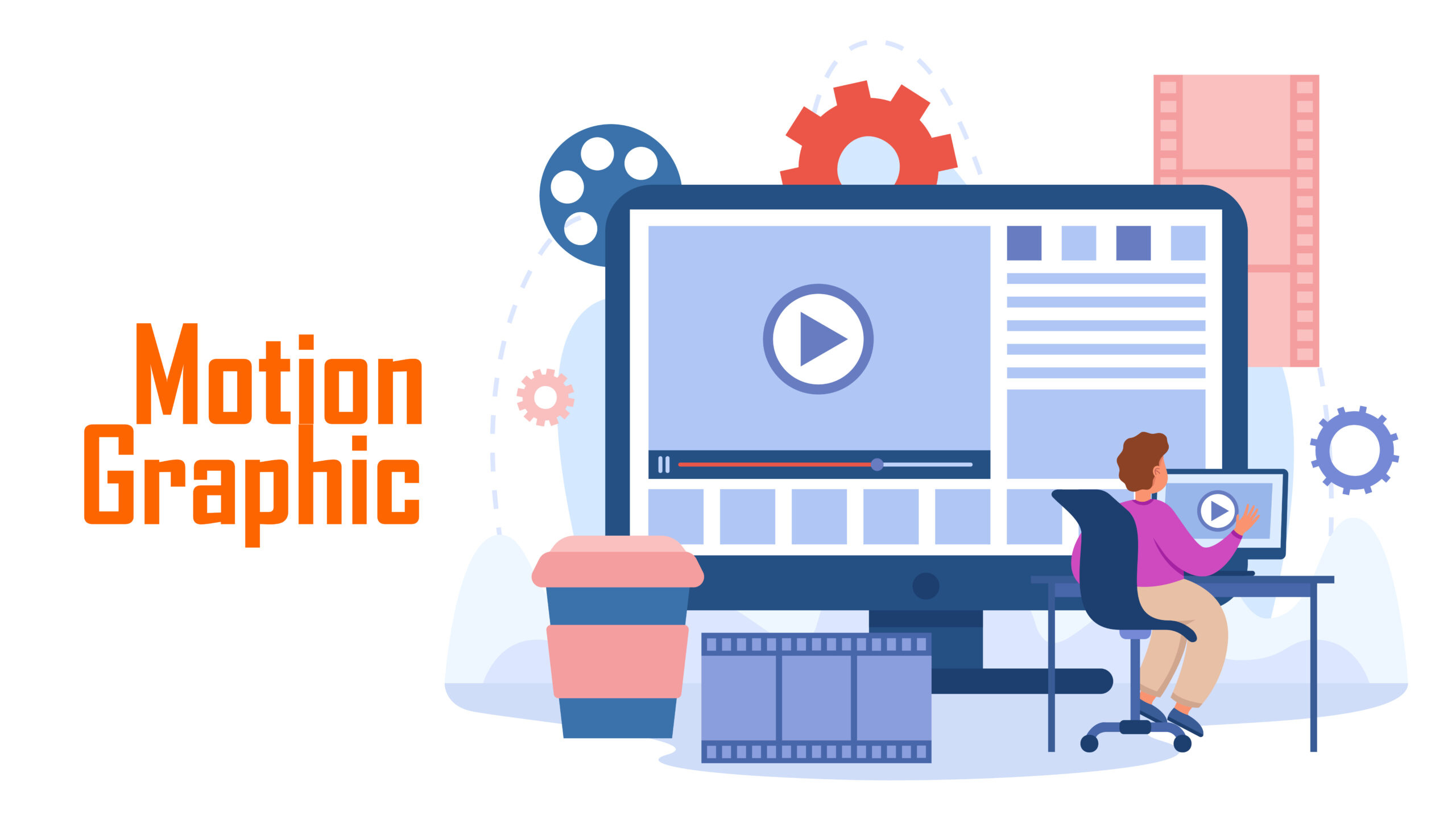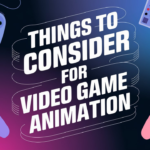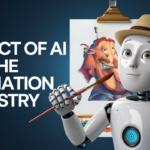In the ever-evolving panorama of digital media and visual storytelling, motion graphics, and 3D animation stand as two powerful contenders, each imparting unique skills to captivate audiences and carry messages effectively.
As we step into new era, it’s imperative for innovative professionals, marketers, and groups to recognize the distinctions between these two mediums and determine which one suits their wants better. In this blog, we are going to delve into the nation-states of motion graphics and 3D animation to help you make a knowledgeable choice.
What is Motion Graphics?
The dynamic combination of text, images, shapes, and animations that convey some information or tell a story is called motion graphics. Bringing static graphics to life via movements and various transitions.
From advertising, video marketing, and even user interfaces motion graphics are used in various applications. It simplifies complex concepts, eventually engaging a larger audience and enhancing overall visual appeal. Motion graphics can be used for branding, entertainment, or majorly for education.
It leverages timings, motion, and design principles and creates engaging yet informatively appealing visuals that leave a lasting impact on the viewer.
What is 3D animation?
A technique that involves manipulating and creating 3D computer-generated imagery in order to produce animations and moving objects is called 3D animation. This type of animation adds up realism and depth to the visuals and characters.
What is the difference between motion graphics and 3D animation?
Simply put, motion graphics are a style of animation. Motion graphics are not only a form of animation but also an extremely flexible form. While animated videos include animated artwork, motion graphics are often added to the actual footage.
Motion graphics mainly exist in 2D space. They involve the movement of text, shapes, and images on a plane, often accompanied by animated transitions, effects, and typography.
In contrast, 3D animation works in three dimensions, creating objects, characters, and environments with depth and volume. They usually have a minimalist style and are more graphic design. 3D animation is known for its realism and attention to detail.
What are the benefits of using motion graphics?
- Simplify complex ideas: One of the most important benefits of motion graphics is its ability to simplify complex concepts. Whether you’re explaining a scientific process, presenting data, or outlining step-by-step instructions, motion graphics can distill complex information into visually understandable segments. They remove barriers to understanding, making it easier for your audience to grasp complex ideas.
- Capturing visual appeal: Motion graphics are inherently appealing. They combine visual, motion, and sound elements to create a captivating experience. This dynamic storytelling can hold your viewer’s attention for a longer time, increasing the likelihood that they’ll absorb your message.
- Flexibility on any platform: Motion graphics are extremely versatile and can be used on many different platforms. Whether you are creating content for social media, presentations, websites, or advertisements, motion graphics can perfectly meet your needs. They are also highly shareable, making them ideal for spreading your message on social media.
- Brand Consistency: Maintaining a consistent brand identity is key to building trust and recognition. Motion graphics allow you to seamlessly incorporate your brand colors, logo, and style. This consistency strengthens your brand image and helps your audience remember and empathize with your message.
What are the benefits of using 3D animation?
- Deep Storytelling: One of the main benefits of 3D animation is the ability to create compelling stories. It transports viewers to another dimension, allowing them to explore fantasy worlds, futuristic cityscapes, or the inner workings of a product. This vivid quality allows brands to emotionally connect with their audience, making the story more memorable.
- Realism and attention to detail: 3D animation excels at recreating real-world objects and environments with unsurpassed accuracy. Viewers are attracted by quality reality, increasing their engagement and trust in your message.
- Diversity in all fields: From entertainment and marketing to education and healthcare, 3D animation finds applications in a wide variety of industries. It’s perfect for creating video games, brochures, architectural visualizations, medical simulations, and more.
- Effective visualization: 3D animation can bring concepts and ideas to life that would otherwise be difficult to understand.
When to use 3D motions and when to use Animation?
Graphic designers interpret a concept through images and motion graphics but with motions. Motion graphics are more related to the work of graphic designers while animation is more like illustration.
Some key aspects to consider when deciding:
- Motion graphics are the best choice for depicting or emphasizing events and illustrating the point you are trying to make. Motion graphics are used when there is no need for narration or voiceover.
- Motion graphics are basic visual aids, so they’re excellent at teaching confusing ideas through visuals, can break down your complex products or services, and present them in a memorable way.
- If you want to highlight the emotional aspects of a story, convey a story, or connect with your audience on an emotional level, you should use other types of animation.
The choice between motion graphics and 3D animation ultimately depends on understanding your audience and the message you want to convey. Consider the complexity of your content, your brand identity, and the emotional impact you want to achieve.
Sometimes a combination of the two can work wonders as they cater to different aspects of visual communication.
Conclusion
Which to use when? Some projects require animated worlds and characters to participate, but others benefit from the visual simplicity of motion graphics. While motion graphics are visually simpler, they often require as much planning, thought, and care as fully animated work!
To choose the best of the two, you must pay more attention to your requirements for the end product. There is a lot in common between these two and sometimes it is difficult to tell them apart. No matter what type of animated video you use, you’re well on your way to creating more engaging and entertaining content for your audience.




